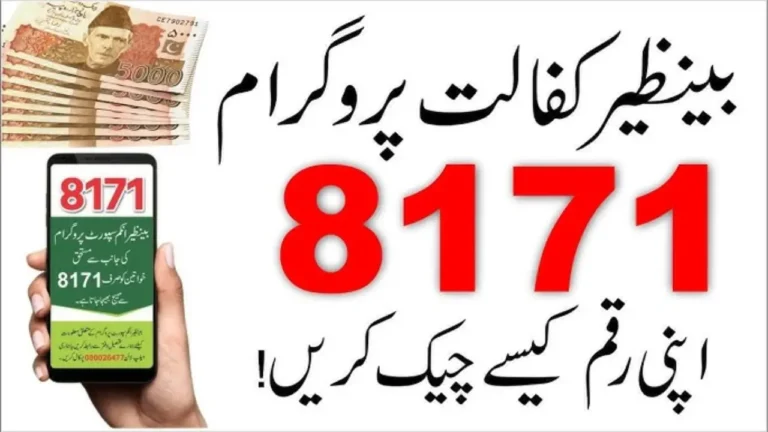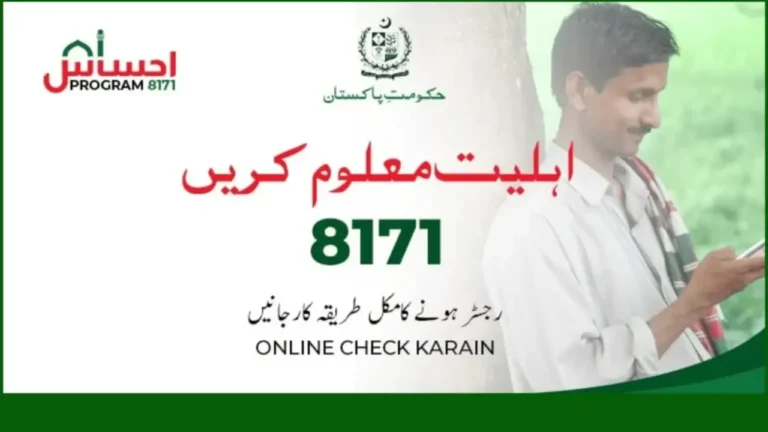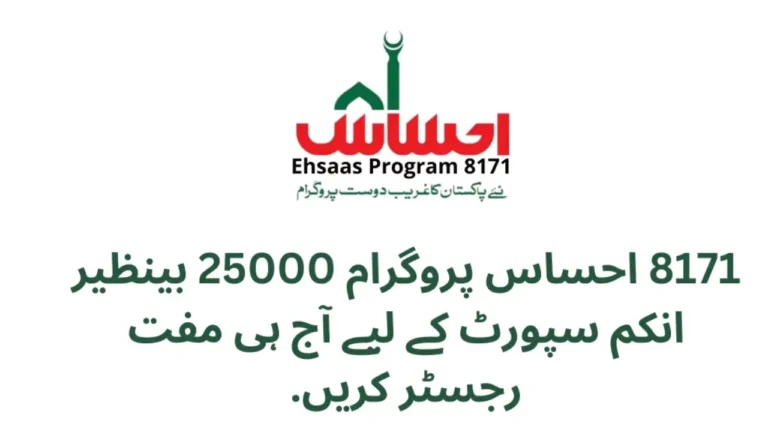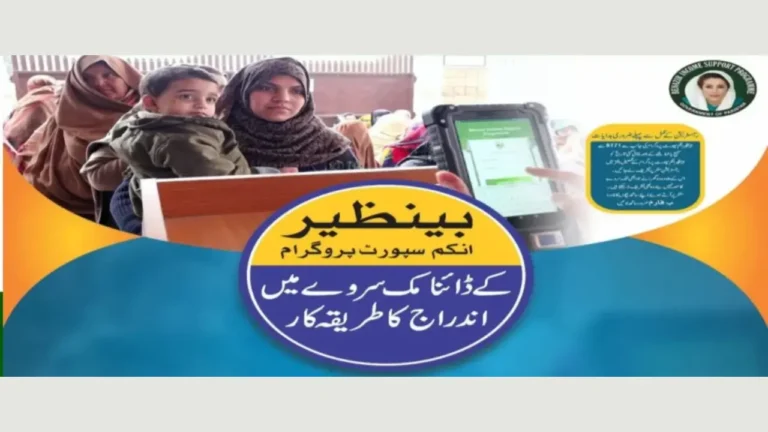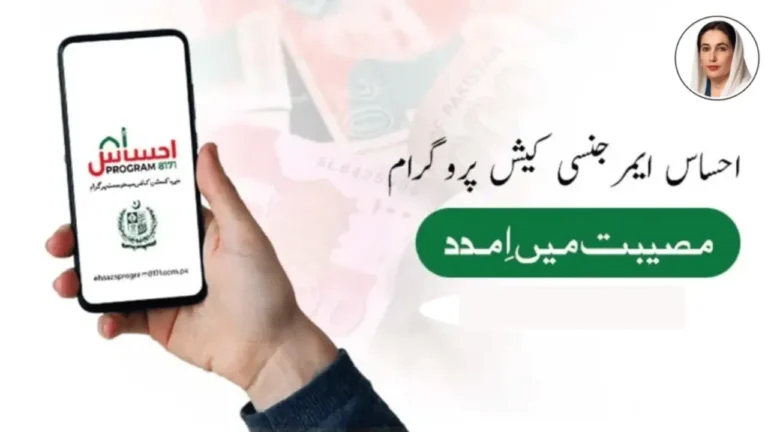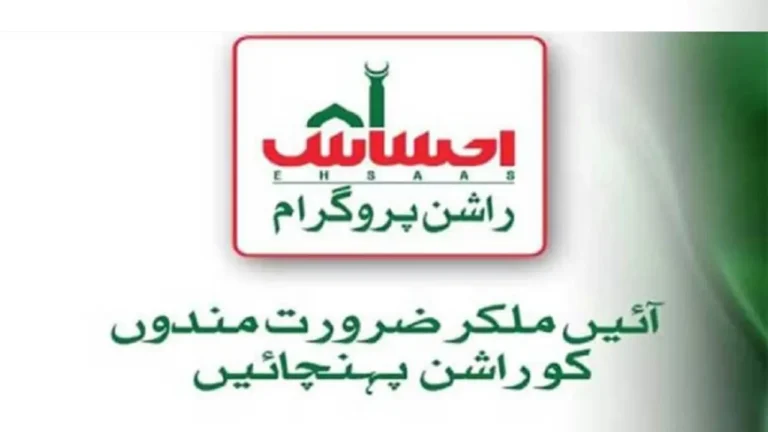8171 Check Online CNIC: Verification for Ehsaas & BISP Support
In Pakistan, the Ehsaas and Benazir Income Support Programme (BISP) are cornerstone social safety net initiatives that provide financial aid to vulnerable and low-income households. A critical step to access these services is verifying one’s Computerized National Identity Card (CNIC) status. The government’s 8171 online CNIC check service has emerged as a convenient and reliable method for users to confirm their eligibility in a swift and secure manner.
What Is the 8171 CNIC Check Service?
The 8171 CNIC check service is an online facility (and complementing SMS option) set up by the government to let citizens verify whether their CNIC is registered and approved for benefit disbursal under the Ehsaas Emergency Cash programs, Ehsaas Rashan Riayat, BISP, and other assistance schemes. This system simplifies outreach and ensures that eligible individuals don’t miss vital support.
Who Needs to Use It?
This CNIC validation service primarily caters to:
- Registered Ehsaas beneficiaries, including those receiving Ehsaas Emergency Cash or Ehsaas Rashan Riayat.
- BISP beneficiaries, especially those under Benazir Kafaalat, who need to confirm disbursement eligibility or status.
- New applications, as applicants can check if their CNIC has been processed and cleared for support disbursement.
- General public awareness, by enabling citizens to check whether their CNIC is marked for any government-led financial assistance.
How Does It Work?
There are two main ways to verify a CNIC via the 8171 service:
Online Verification (Web Portal)
- Navigate to the official verification webpage often accessible through the Ehsaas or BISP web portals, or directly via a designated URL.
- Enter your 13-digit CNIC number (without any spaces or dashes, e.g., 4220190269345).
- Complete any required captcha or anti-bot validation.
- Click the “Check” or “Verify” button.
- Review the on-screen result, which typically includes messaging like:
- “Your CNIC is eligible for Ehsaas Emergency Cash Payment.”
- “No record found for BISP disbursement.”
- “Your CNIC application is under process.”
SMS Verification
- Open the messaging app on your phone.
- Type your CNIC number (e.g., 4220190269345) as the message text.
- Send it to 8171.
- You’ll receive a reply typically within a few seconds stating your status similarly to the web portal output.
Why It Matters
- Convenience & Speed
Users can verify their CNIC eligibility from the comfort of their homes no need to visit government offices or wait in long lines. - Reduced Uncertainty
Unlikely outcomes (e.g., “no record found”) help citizens understand if there’s an issue with submission or enrollment and prompt follow-ups accordingly. - Transparency & Accuracy
The system pulls data from official government databases, ensuring users receive accurate, real-time status updates. - Wide Accessibility
Even in areas with limited internet access, citizens can access the SMS-based check by sending a simple text.
Practical Tips for a Smooth Check
- Always use the correct format
Your CNIC must be 13 digits without spaces or hyphens. Mistakes may lead to errors like “invalid CNIC format.” - Be cautious of scams
Only send your CNIC to the official 8171 number or use the government portal. Avoid third-party apps claiming to offer similar checks. - Keep records of prior messages
If you’re unsure about your eligibility, reference past SMS replies or portal results to track consistency over time. - Follow up promptly
If told your CNIC is not eligible or is under review, you can reach out to:- Ehsaas call centers, usually listed on the portal.
- BISP helplines, often published on their official site.
- Local NADRA or Ehsaas offices, if you suspect document-related errors.
Example Scenarios
Scenario 1: Ahmad in Kahror Pakka
Ahmad, a local laborer in Kahror Pakka (Punjab), applies for Ehsaas Emergency Cash support. After waiting several days, he hasn’t received any updates. Using his neighbor’s phone, he texts his 13-digit CNIC to 8171 and immediately receives:
“Your CNIC is eligible; payment will be disbursed at your nearest Ehsaas center.”
Relieved, he notes the message and prepares to collect the assistance.
Scenario 2: Samina in Karachi
Living in an urban setting, Samina prefers using the web portal. She inputs her CNIC and is told:
“No record found.”
Armed with this information, she visits the local Ehsaas office and learns that her application was incomplete due to a missing utility bill—allowing her to quickly fix the error and reapply.
Security & Privacy Concerns
The 8171 system uses encrypted communication channels and limited data exposure to ensure your CNIC remains private. Here’s how your information is safeguarded:
- Secure networks, both for SMS and portal traffic.
- Encrypted storage, limiting who can access or see your personal data.
- Transparent privacy policy, stating that CNIC information is used solely for assessing eligibility and not shared with third parties.
Still, common-sense safety applies: don’t forward your eligibility results, avoid unknown links or suspicious messaging related to 8171.
What If You Don’t Get a Verification Response?
- Delay in SMS: Despite the system being fast, occasional network delays can cause lags. Try again or switch between SMS and web.
- Frequent errors: Some digits (like “0” vs “O”) can be confusing. Double-check the CNIC entry.
- Processing delays: Newly submitted applications may take days to reflect in the system—especially during high-demand periods like national emergencies or special drives.
- Call for help: If problems persist, contact the Ehsaas or BISP helpline for assistance. Even NADRA offices sometimes handle queries about CNIC or system mismatches.
The Impact: How 8171 Simplifies Access to Social Support
- Reduces bottlenecks: Citizens aren’t forced to travel far or wait in lines, especially in remote areas.
- Speeds up communication: Real-time status checks empower users to take quick action.
- Builds trust: Transparent systems promote confidence in government processes.
- Ensures inclusiveness: By providing both web and SMS-based access, the service caters to both online-savvy and less digitally connected populations.
Final Thoughts
The 8171 online CNIC verification service is a vital tool in Pakistan’s social protection ecosystem. By offering simple, fast, and reliable eligibility checks for programs like Ehsaas and BISP, it bridges gaps between government support systems and the citizens who need them most. Whether you’re applying in Kahror Pakka, Karachi, or anywhere in between, this service puts clarity and control into your hands.
Remember:
- Always input the 13-digit CNIC correctly.
- Use official portals or the 8171 SMS number only.
- Keep your verification messages as records.
- If issues arise, contact relevant helplines or offices quickly.
When help matters most, a quick 8171 check could be the difference between uncertainty and assistance in hand.
Frequently Asked Questions (FAQs)
How can I check my CNIC online through 8171?
You can either visit the official 8171 web portal and enter your CNIC for verification or send your 13-digit CNIC number via SMS to 8171 to receive your eligibility status.
Who is eligible for the 8171 CNIC verification service?
The service is for individuals applying or registered under Ehsaas programs (like Emergency Cash and Rashan Riayat) and BISP beneficiaries (such as Benazir Kafaalat) to confirm eligibility or payment status.
Is there any cost for checking CNIC through 8171?
The online portal is completely free to use. For SMS, only the standard mobile SMS charge applies.
What should I do if my CNIC is not eligible?
If your CNIC shows as not eligible or no record found, you should contact the nearest Ehsaas or BISP office, or call their official helpline to resolve the issue.
Can I check someone else’s CNIC with 8171?
No, you should only use your own CNIC. Checking someone else’s CNIC without permission can lead to errors or misuse of personal information.
